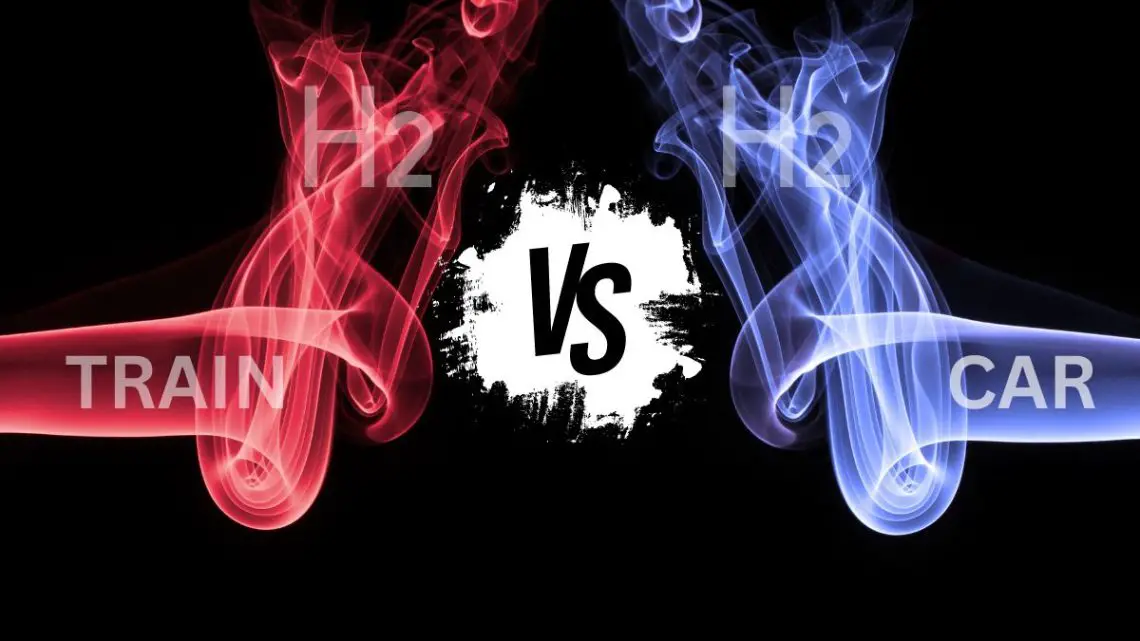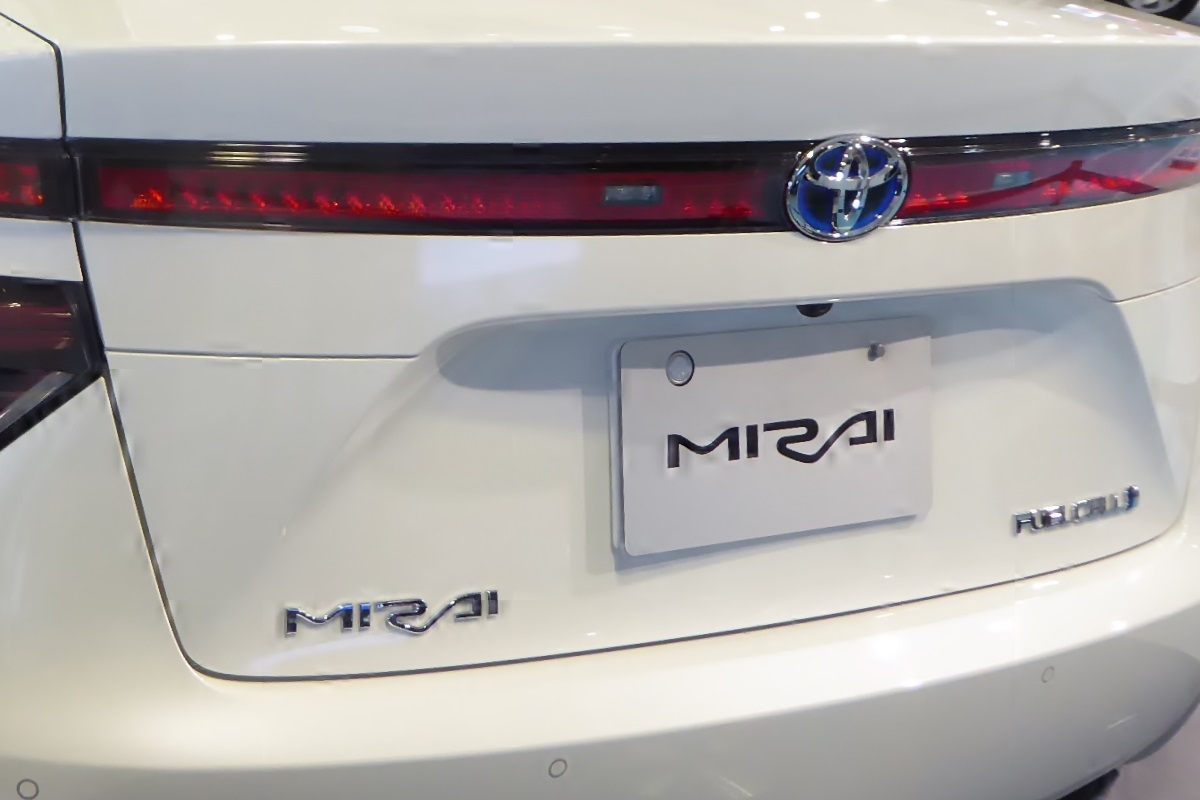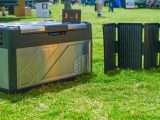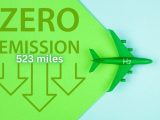
Hydrogen Mileage Feats: Stadler’s Flirt Hydrogen Train vs. Toyota Mirai Fuel Cell Car
July 23, 2024Hydrogen-powered vehicles are increasingly setting new benchmarks in the realm of transportation. Recently, Stadler’s Flirt Hydrogen train achieved a Guinness World Record for the furthest distance traveled without refueling by a passenger train, covering an astounding 2,803 kilometers (1,742 miles) on a single tank of hydrogen. This feat highlights the immense potential of hydrogen as a sustainable fuel source for long-distance travel. Here, we explore the details of this record-breaking achievement and compare it to another notable milestone—the Toyota Mirai fuel cell car’s 845-mile range record set in 2021.
Key Facts About Stadler’s Flirt Hydrogen Train’s Record-Breaking Feat
Stadler’s Flirt H2, powered by Ballard, set the Guinness World Record for the longest distance traveled without refueling for a hydrogen fuel cell passenger train. The train completed a dedicated test circuit in Colorado, U.S., achieving 2,803 kilometers (1,742 miles) during a continuous 46-hour run. This record-breaking attempt was the culmination of rigorous testing in Switzerland and Colorado, demonstrating the train’s durability, reliability, and capabilities.
Key Features of the Flirt H2:
- Fuel Cell Engines: Driven by six Ballard FCmove®-HD+ fuel cell engines, delivering a combined power capacity of 600kW.
- Passenger Capacity: Seats 108 passengers.
- Speed: Maximum speed of 130 km/h (79 mph).
- Temperature Resilience: Operates in high temperatures of up to 49°C (120°F).
- First in the U.S.: Set to become the first hydrogen-powered passenger train in the U.S. when it begins commercial operation in San Bernardino, California.
The world record run began on March 20 at the ENSCO test center in Pueblo, Colorado, with engineers driving the vehicle in shifts to ensure an uninterrupted run, completing the effort just after 5 p.m. local time on March 22.
Comparison to Toyota Mirai Fuel Cell Car’s Record
In October 2021, the 2021 Toyota Mirai fuel cell car set a Guinness World Record by traveling 845 miles on a single tank of hydrogen. While impressive, the conditions under which this record was set were highly controlled. The vehicle was driven primarily in rush hour traffic and loops around Southern California to maximize its range. Additionally, hypermiling techniques such as overinflating tires and shutting off unnecessary features were employed, which do not reflect typical driving conditions.

Key Features of the Toyota Mirai’s Record:
- Distance: Covered 473 miles on the first day and 372 miles on the second day without refueling.
- Real-World Range: According to EPA data, the Toyota Mirai’s real-world range is closer to 402 miles per tank in the XLE model and 357 miles in the Limited model.
- Efficiency: Achieved 152 MPGe and consumed 12.4 pounds of hydrogen to travel its record-setting distance.
Factors Contributing to Hydrogen-Powered Vehicles Breaking Distance Records
The remarkable distance achievements of hydrogen-powered vehicles can be largely attributed to the higher energy storage density of hydrogen when harnessed through fuel cells. Unlike lithium-ion batteries, which have weight and space limitations, hydrogen fuel cells can store significantly more energy in a smaller and lighter package.
This efficiency enables longer journeys and reduced operational downtime, as vehicles require fewer refueling stops. Consequently, hydrogen-powered vessels can be engineered to be more compact and efficient without compromising their range or performance, often matching or surpassing the capabilities of their battery-powered equivalents. The relation between energy density and operational efficiency is paramount in understanding why hydrogen fuels such extraordinary potential in the transportation sector.
For instance, the weight of a Tesla battery varies by model, ranging between 1,200–1,836 pounds. This substantial weight demands more robust chassis designs and can affect overall vehicle efficiency. On the other hand, the Toyota Mirai’s hydrogen tanks, which enable its impressive range, weigh a mere 193 pounds.
Conclusion
 The impressive achievements of Stadler’s Flirt Hydrogen train and the Toyota Mirai fuel cell car underscore the potential of hydrogen as a viable fuel source for long-distance travel. These records not only highlight the advancements in hydrogen technology but also pave the way for broader adoption of hydrogen-powered vehicles. As infrastructure continues to expand and technology advances, hydrogen-powered vehicles are set to play a crucial role in the future of sustainable transportation.
The impressive achievements of Stadler’s Flirt Hydrogen train and the Toyota Mirai fuel cell car underscore the potential of hydrogen as a viable fuel source for long-distance travel. These records not only highlight the advancements in hydrogen technology but also pave the way for broader adoption of hydrogen-powered vehicles. As infrastructure continues to expand and technology advances, hydrogen-powered vehicles are set to play a crucial role in the future of sustainable transportation.
Ready to learn more about how hydrogen can revolutionize your transportation needs? Stay informed with our latest updates and insights on hydrogen technology.



 With over 15 years of reporting hydrogen news, we are your premier source for the latest updates and insights in hydrogen and renewable energy.
With over 15 years of reporting hydrogen news, we are your premier source for the latest updates and insights in hydrogen and renewable energy.